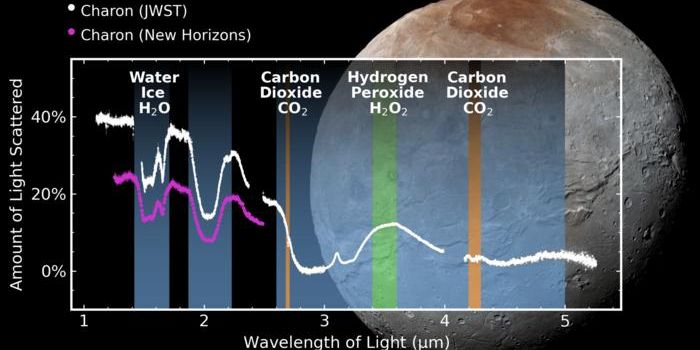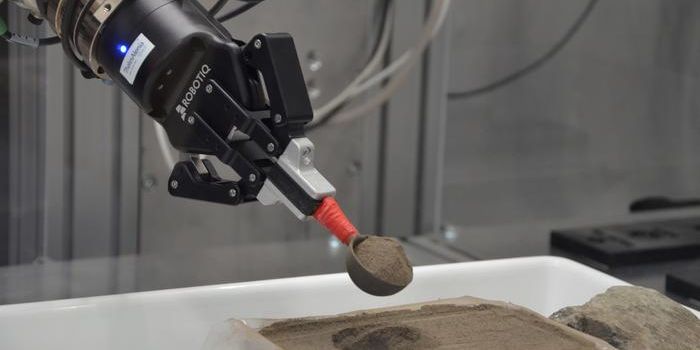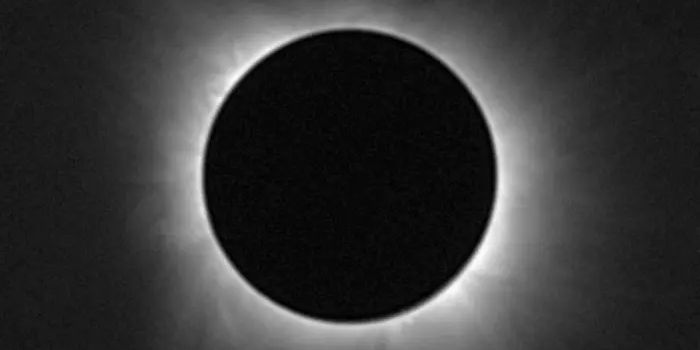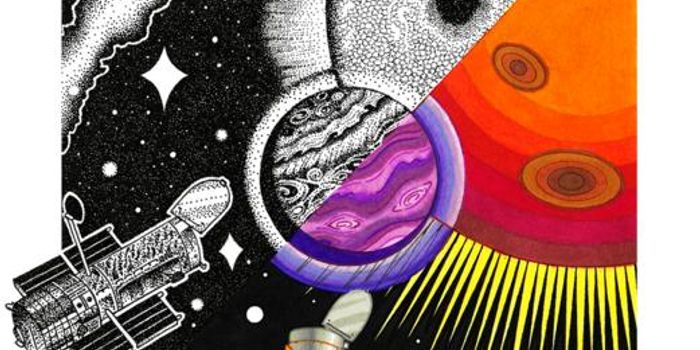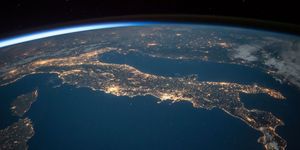Debris on White Dwarf Stars Reveals Planets with Compositions Unlike Earth's
When a small or medium-sized star reaches the end of its life, it becomes a white dwarf. Suns produce energy by fusing hydrogen to create helium. When it runs out of hydrogen to fuse, the star begins to collapse. The star then expels most of its outer material, creating a nebula with only the core of the star remaining.
The core becomes a white dwarf the size of the Earth, but it’s about 200,000 times denser. The chemical compounds of white dwarves sometimes contain the remnants of the planets that used to orbit them. These compounds are presented on the surface of a white dwarf, making them possible to observe. When researchers began to study the chemical makeups of these white dwarves, they discovered evidence of planets with very different elements than those found in our solar system.
In a study published in Nature Communications, researchers looked at 23 polluted white dwarves (white dwarves containing some remnants from exoplanets). They found that most had some unique elements, suggesting that the exoplanets it swallowed had mantles that did not resemble the rocky planets in our solar system (Earth, Mars, Venus, and Mercury).
Since these white dwarves are approximately 650 million light-years away from the sun, determining their elemental makeup requires different techniques than we use to determine Earth’s elements. To do this, researchers measure the wavelengths of the light given off by white dwarves because each element has a different signature on the electromagnetic spectrum. It’s a common technique used to observe the elements for many objects in the universe.
The researchers found that some of the polluted white dwarves had a large amount of silicon, indicating that the exoplanets that once surrounded the planet had mantels containing quartz (a compound made of silicon and oxygen). Earth’s mantle, on the other hand, contains very little quartz.
While these exoplanets may still have solid, rocky mantles, their makeups can cause drastic differences in the planet’s evolutions. For instance, a mantle with large amounts of quartz could affect geographical formations or even the ratio of water to land. This has implications for the evolution of life on these planets.
The results are not so cut and dry, though. A sun’s transition from star to white dwarf is catastrophic, and researchers don’t know if the elements that end up on a white dwarf’s surface are the same ones an exoplanet began with. Planets could smash into one another or become engulfed by the sun’s expanding atmosphere. Further studies into the compositions of distant will aid in answering these questions and potentially give us insight into why our own solar system’s planets are so fundamentally different.
Source: Nature Communications


